First of all, Catfish?
In the past, people used to believe that earthquake is caused by a giant catfish.
If that's true, this time will be the largest, most fierce catfish Japan ever faced.
東北関東大震災
2011 Touhoku Earthquake and Tsunami
Earthquake
A 9.0 Magnitude Megathrust Earthquake happened at 14:46 JST (05:46:23 UTC) on Friday 11 March 2011.
The epicenter was 130 kilometers off the east coast of 東北(Touhoku) near 仙台(Sendai), with the hypocenter at a depth of 24.4 kilometers.
The biggest victims(prefectures) from the quake would be 宮城県(Miyagi Prefecture), 岩手県(Iwate Prefecture) and 福島県(Fukushima Prefecture). The quake also gave a big impact to all other prefectures all the way down to 東京(Tokyo)
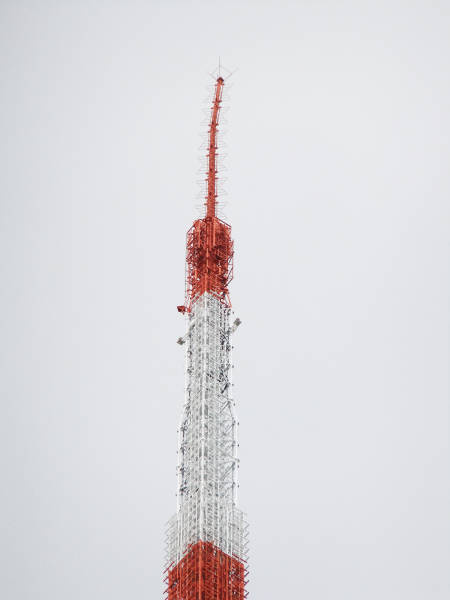 |
| Tip of Tokyo Tower bent. |
Videos of earthquake:
Taken live in Sendai
Tsunami
But the biggest impact to these destructive damages is 津波(Tsunami) a.k.a. Tidal Waves.The earthquake triggered destructive 津波(tsunami) waves up to 10 meters that struck Japan after the quake. It wrought massive destruction along Pacific coastline of Japan's northern island.
Just over an hour after the earthquake at 15:55 JST, a tsunami was observed flooding Sendai Airport, located near the coast of 宮城県(Miyagi Prefecture), with waves sweeping away cars and planes and flooding various building as they traveled inland.
 |
| Oil Refinery |
 |
| Oil Refinery |
久慈(Kuji) and 大船渡り(Oofunato) have been "swept away...leaving no trace". Also 陸前高田(Rikuzentakata) was destroyed, where the tsunami was reported three stories high. Other cities reportedly destroyed or heavily damaged by the tsunami include:
岩手県(Iwate Prefecture) - 宮古(Miyako), 大槌(Ootsuchi) and 山田(Yamada)
福島県(Fukushima Prefecture) - 浪江(Namie), 相馬(Souma) and 南相馬(Minamisouma)
宮城県(Miyagi Prefecture) - 女川(Onagawa), 名取(Natori) 石巻(Ishinomaki) and 気仙沼(Kesennuma)
 |
| Pools of cars hit by tsunami |
Damages
The degree of damages caused by the earthquake and tsunami combined, but mostly by tsunami, an enormous one. After the tsunami, these towns show nothing, no offense, but looks like a wasteland, none of the building standing. Plants and crops are washed away. According to the news, these coasts that hit by tsunami are sunk, they are now below sea level.
Water
At least 1.5 million household were reported about lost access of water supplies.
Electricity
Touhoku Electric Power reported that around 4.4 million household in northeastern Japan were left without electricity. Rolling blackouts began on 14 March due to power shortages caused by the earthquake. Tokyo Electric Power Company(TEPCO), normally provides approximately 40GW but now only 30GW. This is because 40 percent of the electriccity used in the greater Tokyo area is now supplied by reactor in the 新潟県(Niigata Prefecture) and 福島県(Fukushima Prefecture). Two of those reactors, 福島第一(Fukushima No.1) and 福島第二(Fukushima No.2) were automatically taken offline when the first earthquake happened and sustained major damage related to the earthquake and followed by tsunami.
 |
| Vending machines turned off. |
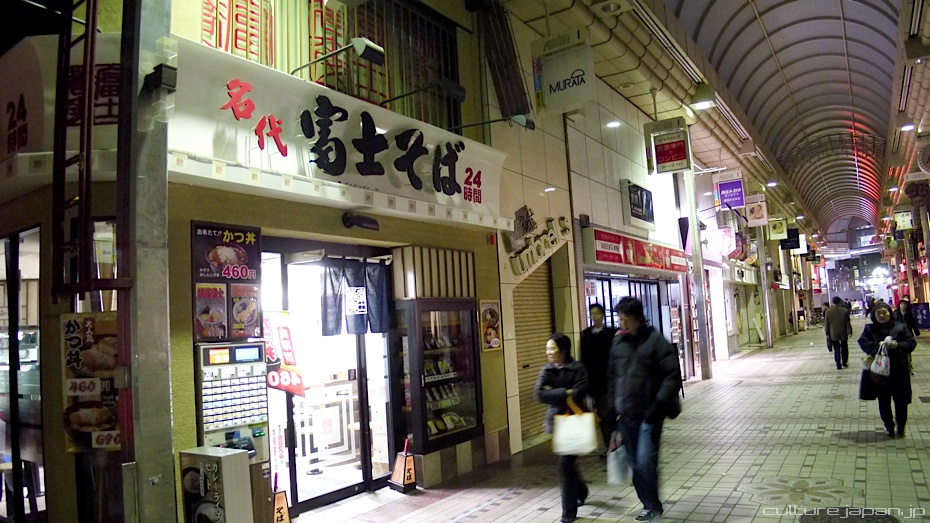 |
| Switch off sign's light to save electricity. |
 |
| Same as well. |
I've to say Good Work~!! Everyone~!! よくできましたな!!みんな~!!
Oil
A 220,000-barrel-per-day oil refinery of Cosmo Oil Company was set on fire by the quake at 市原(Ichihara), 千葉県(Chiba Prefecture) and major fires broke out in the city of 気仙沼(Kesennuma).In (Sendai), a 145,000-barel-per-day refinery owned by the largest refiner in Japan, JX Nippon Oil & Energy, was also set ablaze by the quake.
 |
| At first glance i thought: Wow~! What a beautiful sunset but... |
 |
| It's actually fire from explosion... |
Transport
Japan's transport network suffered severe disruption. Many section of Touhoku Expressway were damaged. All railway services were suspended in Tokyo but most Tokyo area train lines resumed full service by 12 March.The tsunami flooded 仙台(Sendai) Airport about 1 hour after the initial quake. 成田(Narita) and 羽田(Haneda) Airport suspended operations after the quake, ten airlines bound for Narita were diverted to nearby 横田(Yokota) Air Base.
Various train services around Japan were also canceled, with JR East suspending all services for the rest of the day. A four-car train on the Senseki Line was found to have derailed and its occupants were rescued shortly after eight the next morning.
新幹線(Shinkansen) bullet train services were also suspended. The (東海道新幹線)Toukaidou Shinkansen resumed limited service late in the day and was back to its normal schedule by the next day. Services on the Touhoku Shinkansen partially resumed on 15 March, with one round-trip service per hour between Tokyo and Nasu-Shiobara.
Touhoku Shinkansen bullet train line is expected to resume full service as early as late April.
Telecommunications
Food
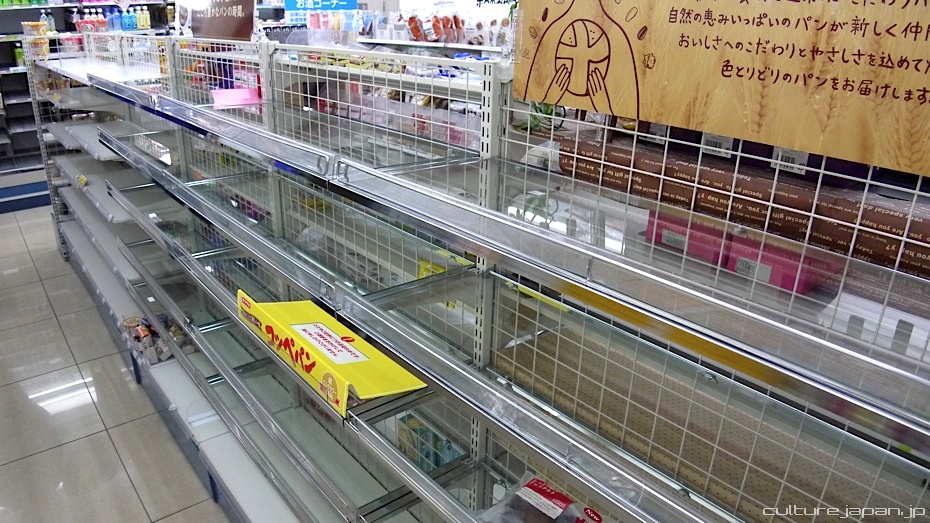 |
| Breads and buns are all "swept" away by people. |
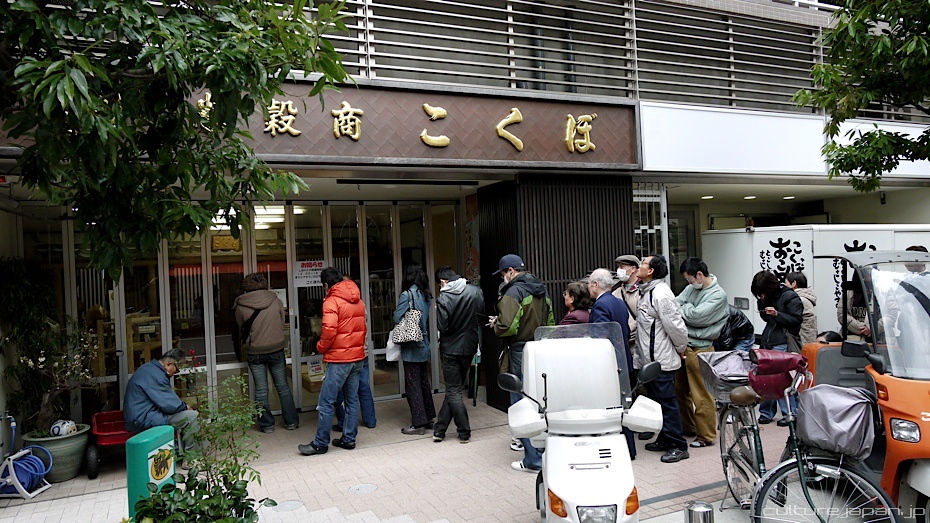 |
| Lots of people stocking up rice. |
 |
| Just look at the length~ |
 |
| Everything almost finished. |
 |
| Toilet papers cannot be seen! |
 |
| Couples of food left |
I feel so ironic that people in Touhoku region are dying for food, that each person can't have an enough portion of meal; while people in Tokyo and other places keep stocking up tons of foods for storage in future time.
Medicines
Hospitals are lacked of staffs, nurses and doctors, while in evacuation shelters, lack of medicines for patients and people who take their medicine daily for example, heart disease, high blood pressure, diabetes and others.
Casualties
According to police agencies, so far(23 March 2011), there are 9,523 people have been confirm dead, nearly 16,000 are missing. These are just the figures that are reported by family members or friends, the number are likely to be higher: 5,714 of the victims died in 宮城県(Miyagi Prefecture)
More than 5,200 people are unaccounted for in the region.
2,875 people are confirmed dead and over 5,000 are missing in 岩手県(Iwate Prefecture).
In 福島県(Fukushima Prefecture), 762 people died and nearly 4,500 are missing.
280,000 people are living in emergency shelters all around Japan
In the three most devastated areas, there are 1,400 shelters living more than 183,000 people, where are having shortage of food, water and other essentials.
Based on my daily updates of this disaster, there are average nearly 1,000 people are found dead daily.
Reports are still coming in for missing persons. In some cases whole families or communities were swallowed by the tsunami. Debris and destroyed roads are slow down the search. The Self-Defense Forces(SDF) and police are removing debris by hand where they cannot bring in heavy machineries.
Some people in coastal areas may have disappeared without a trace after being swept into the sea.
Everyone is so helpless, victims, doctors, and even myself, though I'm not from Japan. All refugees and evacuees that are evacuated to shelters are facing shortage of food, drinking water, hygiene/ essential items.
For the wrong timing, these devastated area are snowing, meaning everyone is freezing cold, shivering but they don't have enough heat fuel to warm themselves up. The weather at these areas are around 0 degree Celsius and going to drop 2 more degree during snow or rain. Due to tsunami and cold weather, condition that trapped victims are having now is hypothermia, if the temperature drop below 30 degree Celsius it will threaten their lives.
Routes have been blocked for supplies where they are needed the most, supplies can only be reached through water and air.
Hospitals and shelters don't have enough of medicine. Not enough medical supplies causes people died from illness.
Exactly a week after the earthquake, on 18 March 2011 at 14:46 JST silent prayers are offered for the victims by all kids, adults and rescuers for one minute.
You can see a lot of TV news and reports where people keep looking on the missing list to find their loved one. There are some who shed tears of joy when they reunite. But still, there are those who are not as lucky as other, tears of sorrow, sadness signifies lost of hope, loved one.
Facts
-This is the worst natural disaster in Japan since 関東大震災(Great Kantou Earthquake) in 1923 that claimed more than 100,000 lives.
-The earthquake lasted for 5 minutes which is 20 times long than 阪神・淡路大震災(Great Hanshin Earthquake/ Kobe Earthquake) in 1995 which lasted for 15 seconds.
-According to world history, this will be the 5th earthquake which magnitude reaches 9.0.
1. Kamchatka Earthquakes, Russia in 1952 - Magnitude 9.0
2. Valdivia Earthquake, Chile in 1960 - Magnitude 9.5
3. Alaska Earthquake, United States in 1962 - Magnitude 9.2
4. Sumatra-Andaman Earthquake, Indonesia in 2004 - Magnitude 9.1
-This will be the highest death since WWII(World War II)
Let's pray for them and support them with all of our hearts~!!
がんばれ、日本~!!
あきらめないでください~!!
大丈夫だ~奇跡を信じる、自分を信じる~!!
For the latest updates, check out the tab on top or "Updates of Touhoku Earthquake"
Sources: DannyChoo(Culture Japan), NHK World



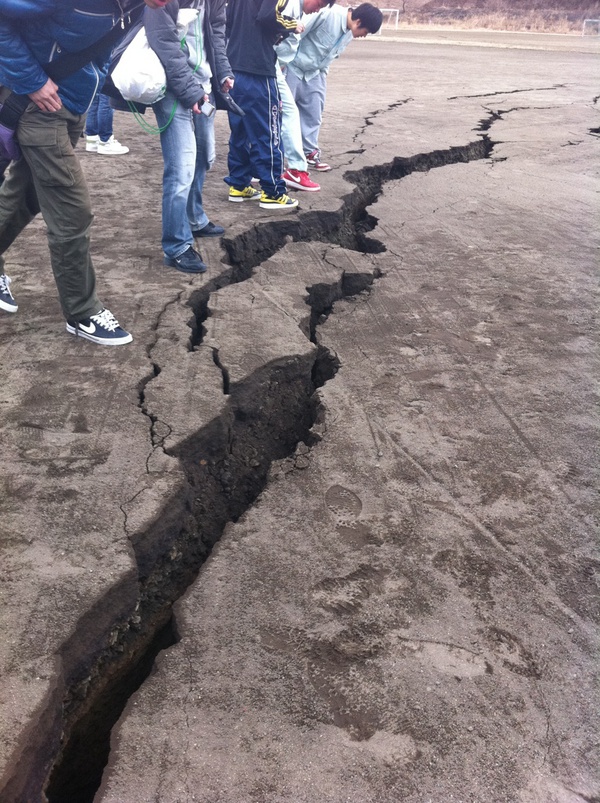









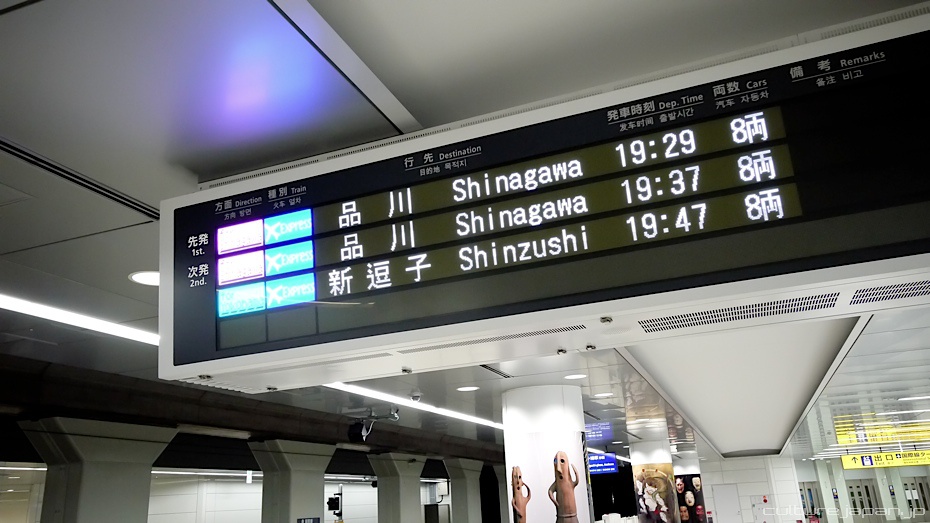
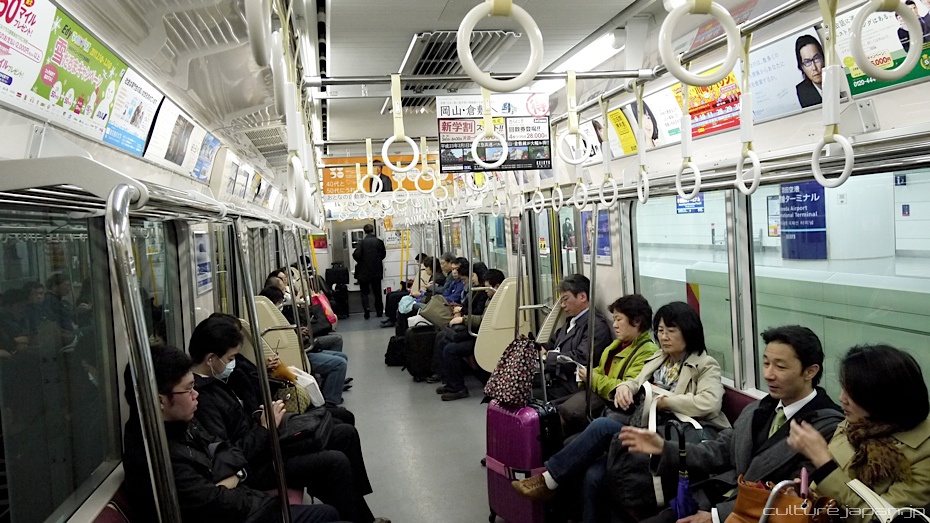

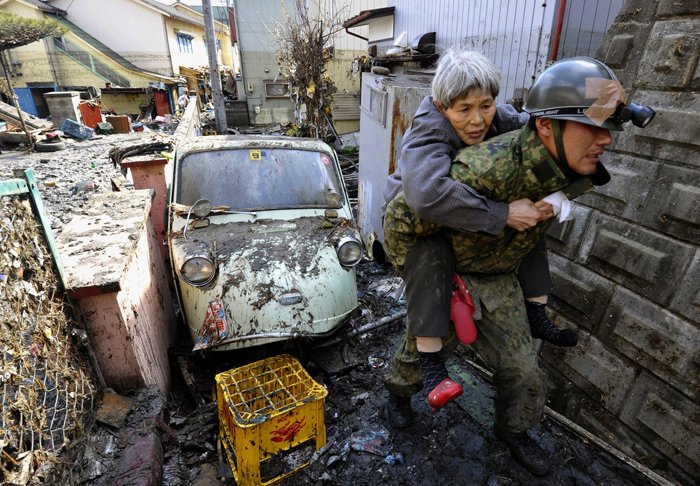




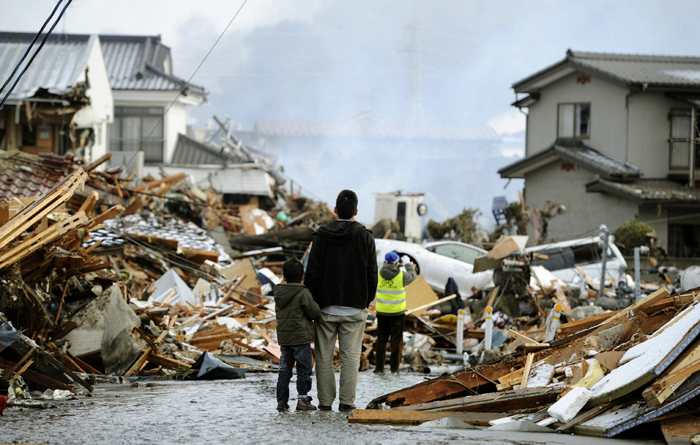
stay strong!! glad you are fine too... may our wishes blessed japan
ReplyDelete